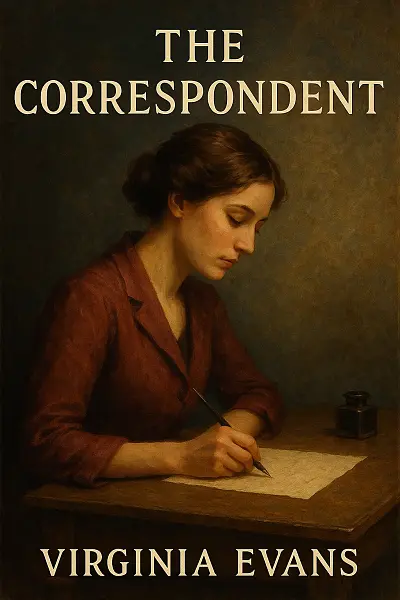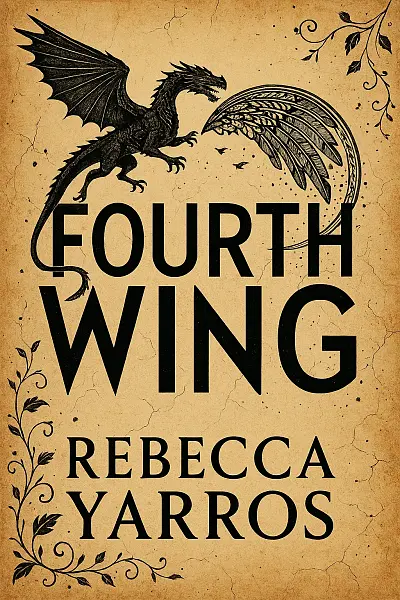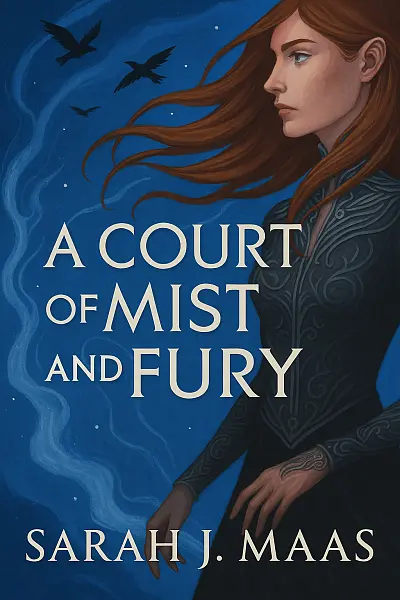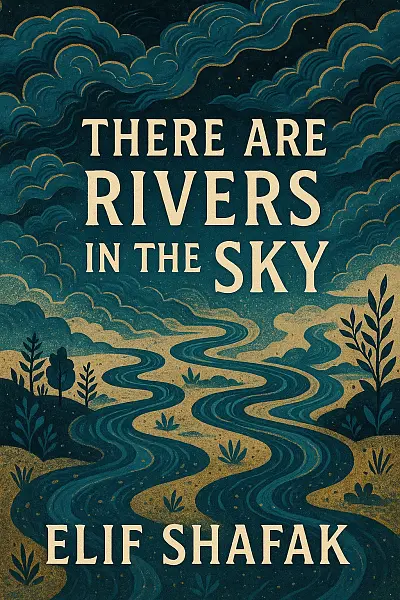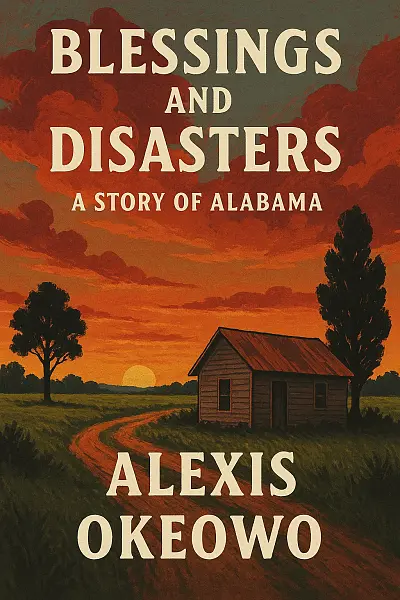
Blessings and Disasters: A Story of Alabama
by: Alexis Okeowo
Alexis Okeowo grows up in Montgomery, Alabama, straddling two worlds—her Nigerian heritage and the complex legacy of the American South. Life seems settled until she begins unraveling Alabama’s deep-seated history, confronting stories of removed nations, enslavement, and persistent cultural battles. As Alexis digs deeper, she juggles love for her home with the bitter truths it holds, wrestling with Alabama’s legacy in her own identity.
Navigating memoir and journalism with warmth and sharp insight, Okeowo brings the landscape and its people vividly to life, asking: can she reconcile pride with pain, or will her roots forever pull her in both directions?
""Hope endures not in the absence of hardship, but in the quiet courage to begin again each morning.""
Literary Analysis
Writing Style
Atmosphere
- Raw yet reflective, the book draws you into the humid, tangled reality of Alabama—its shadowy histories, tenacious communities, and uneasy reckonings.
- Okeowo crafts an atmosphere that's simultaneously intimate and uneasy, laced with moments of quiet beauty and sharp discomfort.
- Expect plenty of ground-level, lived-in detail—you can practically hear cicadas buzzing, feel the weight of generational stories, and sense the tension simmering under the surface.
Prose Style
- The prose is clean, direct, and unflinchingly honest, yet surprisingly graceful, with sentences that flow effortlessly without losing emotional punch.
- Okeowo favors tight descriptions and pointed observation over flowery language, which gives the narrative a clear-eyed authenticity.
- Dialogue and interior monologues are handled with a subtle, journalistic precision—never melodramatic, always grounded.
Pacing
- Measured and contemplative, the pacing takes its time, letting each scene breathe and every revelation land.
- The narrative doesn’t rush—expect a slow-build structure where epiphanies emerge gradually, rewarding you for paying close attention.
- Momentum comes in waves: intimate moments and sharp conflicts ripple through periods of reflection, creating a rhythm that feels both thoughtful and urgent.
Mood and Feel
- There’s a bittersweet resonance throughout—stories of hope and breakdown, progress and stagnation, always tangled together.
- The tone walks a tightrope between graceful empathy and clear-eyed realism, leaving you both moved and challenged.
- In the end, you’ll walk away feeling like you truly spent time in a complicated, living place—warm, prickly, restless, and very real.
Key Takeaways
-
A tornado uproots more than trees—family secrets swirl in the ruins
-
Vivid Southern landscapes—heat, magnolias, and history in every paragraph
-
Sunday church scenes crackling with tension and unspoken truths
-
Matriarch Mrs. Otis—steel-spined and heart-bruised, unforgettable on every page
-
Chapter 10: one phone call that shatters quiet lives and sets the plot on fire
-
Okeowo’s lyrical prose—raw, heartfelt, sometimes quietly devastating
-
Blessings and disasters collide—survival, shame, and hope knotted together as tight as kudzu
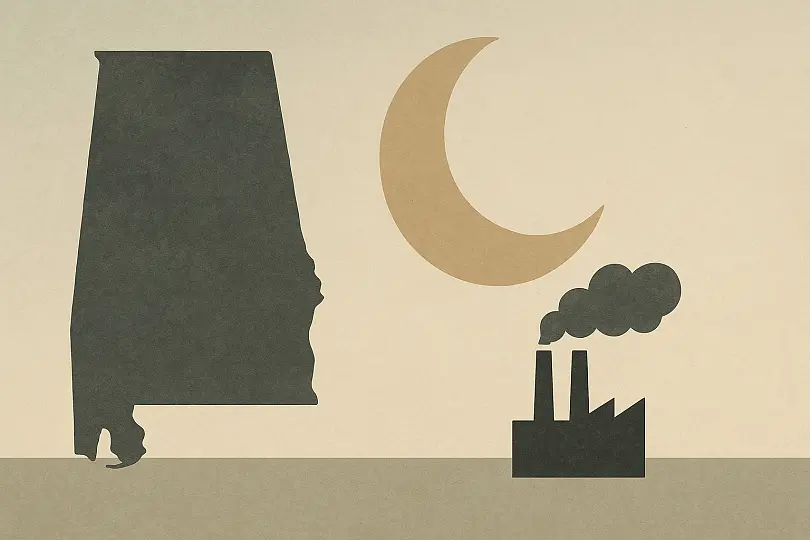
Resilience and reckoning in Alabama—modern life seen through tangled roots
Reader Insights
Who Should Read This
If you’re into books that dive deep into family, community, and what it really means to come from somewhere, Blessings and Disasters: A Story of Alabama is totally one to bump to the top of your list.
-
Fans of memoirs or narrative nonfiction—especially those that tackle big questions about home, identity, and resilience—are going to absolutely eat this up. If you appreciated writers like Jesmyn Ward, Kiese Laymon, or even some of Ta-Nehisi Coates’s more personal pieces, you’ll vibe with Okeowo’s honesty and her thoughtful, intimate storytelling.
-
History buffs and folks who love stories rooted in the South will love how this book weaves personal experience with a broader sense of place. There’s real nuance here about Alabama—its history, its tragedies, but also its beauty and strength.
-
If you’re looking to get out of your fiction comfort zone and want something real but still full of rich prose and compelling narrative, this one is a perfect choice. It’s reflective and, yes, sometimes heavy, but never boring.
On the flip side:
- If you prefer fast-paced thrillers, super twisty plots, or books where the action never stops, this might feel a bit too contemplative or slow for your taste.
- And if you’re not really interested in memoir or nonfiction that leans into tough topics like grief, community struggles, or complicated family histories, you might want to skip this round.
Bottom line: If you’re down for powerful, thought-provoking storytelling that lingers with you long after you finish, Blessings and Disasters is a must-read. But if you’re in the mood for something light, fluffy, and purely escapist, maybe keep this on the “someday” shelf.
Story Overview
Set against the vibrant, complicated landscape of Alabama, Blessings and Disasters: A Story of Alabama dives into the intertwined lives of characters wrestling with the weight of family secrets, cultural expectations, and their own ambitions.
At its core, the novel traces how one pivotal event ripples through a close-knit Southern community, sparking confrontations with identity, belonging, and the realities of change.
Heartfelt, atmospheric, and quietly suspenseful, Alexis Okeowo’s tale balances hope and heartbreak, pulling you into a world where every relationship is a web of both blessings and disasters.
Main Characters
-
Olu: Driven child of Nigerian immigrants whose struggle to fit in highlights deep themes of identity and belonging. Olu's evolving perspective is the heartfelt core of the story.
-
Mama: Pragmatic and resilient mother whose protective instincts often clash with Olu's desires to assimilate. Her steadfast values shape much of the family’s journey.
-
Daddy: Silent, stoic patriarch wrestling with his hopes for a better life and the pain of separation from his homeland. His quiet sacrifices add emotional weight to the family's experience.
-
Mrs. Randall: Empathetic teacher who bridges cultural divides with support and kindness. Her efforts provide Olu with stability and broaden the novel’s lens on community.
-
Cousin Remi: Outspoken relative whose confidence and assimilation offers both inspiration and frustration to Olu. Remi’s success and challenges mirror key conflicts faced by immigrant families.
If You Loved This Book
If you found yourself swept up by the richly layered storytelling in The Nickel Boys by Colson Whitehead, there’s a good chance you’ll appreciate the way Blessings and Disasters: A Story of Alabama intertwines personal history with the larger, fraught tapestry of Southern life. Both books delve into the hidden traumas and complexities of growing up in the South but do so through uniquely distinct voices—Okeowo’s sharp, resonant prose might even remind readers of Jesmyn Ward’s Sing, Unburied, Sing, especially in the way each author weaves generational pain and fleeting moments of hope into evocative, memorable scenes.
For anyone who was captivated by the small-town secrets and simmering tensions in TV’s Friday Night Lights, Okeowo’s Alabama feels just as atmospheric and charged. The town becomes almost a character itself, pulsing with all the contradictions, heartbreaks, and moments of joy that make Southern stories so gripping. This narrative lens turns everyday events into something urgent and deeply affecting, much like that beloved series at its best.
So if you’re drawn to works that blend family sagas, community rifts, and the fierce beauty of resilience, Blessings and Disasters stands firmly alongside these modern classics while charting its own bold, unforgettable path.
Expert Review
What does it mean to call a place home when history itself seems haunted—where every road winds between the twin poles of grace and regret? Blessings and Disasters: A Story of Alabama by Alexis Okeowo doesn’t flinch from this question; instead, it settles right in its heart, inviting readers to grapple with Alabama’s contradictory legacy and the complex loves and loathings that persist in its red clay.
Okeowo’s prose is clear-eyed yet lyrical, balancing reportorial detachment with a memoirist’s intimacy. The narrative voice alternates deftly between the personal and the panoramic—one moment recounting a family anecdote in vivid, sensory language, the next stepping back to contextualize Montgomery’s turbulent schools or the charged silences of a civil rights memorial. Okeowo’s journalistic background shines; there’s a crisp precision to her descriptions of place and people, yet she’s unafraid to linger on ambiguity or discomfort. She uses interwoven vignettes—shifting from her parents’ immigrant dreams to probing interviews with union organizers or classroom teachers—which mirrors Alabama’s own patchwork identity. At its best, the writing is at once immersive and analytical, though the occasional shift in tone can feel abrupt, momentarily pulling the reader out of a tightly held scene.
The book thrives on thematic depth, excavating the layers of identity found at the intersections of race, migration, and memory. Okeowo interrogates belonging—what does it mean to be Black, Southern, and the daughter of Nigerian immigrants in a state fixated on narratives of “us and them”? There’s a restless moral inquiry at work: Can one love a place without forgiving its history? How does the trauma of dispossession—from the forced removal of the Creek Nation to undercurrents of economic dispossession today—shape daily choices and collective dreams? The author connects these questions to current flashpoints (education battles, labor struggles), making Alabama a microcosm for national anxieties about reckoning and renewal. By weaving reportage with memoir and cultural critique, Okeowo carves out a genre-defying space where empathy and skepticism co-exist. The narrative occasionally risks feeling heavy with its own seriousness, but it’s always grounded by a warmth—towards family, neighbors, and even the fractured homeland itself.
Within the realm of hybrid Southern nonfiction, Okeowo’s book stands out for its insistence on complexity. Unlike the sepia nostalgia of many Southern memoirs, or the polemical urgency of recent journalistic histories, Blessings and Disasters occupies an uneasy, invigorating middle ground. Fans of Jesmyn Ward, Kiese Laymon, or Albert Murray will find echoes here, but Okeowo’s distinct perspective—Nigerian, Black, queer, journalistic—infuses well-trodden territory with new color and argument. This is both a loving corrective to myth and a challenge to easy reconciliation.
There are moments when the book’s shifting registers—between memoir, reportage, and history—feel less like a deft braid and more like a tangle. Pacing sometimes suffers amid granular detail or digression, and a few secondary threads beg for fuller closure. Yet Blessings and Disasters is a vital, searching work, a clear-eyed love letter to a home that resists all easy redemption. For anyone ready to confront what it means to stay—despite the mess—this is essential reading.
Community Reviews
not sure why i cared so much about the tornado dreams but here i am two nights in a row still thinking about that scene with the sirens and radio static. alexis okeowo made my sleep schedule weep.
I CAN'T STOP THINKING ABOUT THE TORNADO SCENE. The way Okeowo describes the aftermath, I felt the wind in my bones. That one paragraph about the silence after, wow. Haunting and unforgettable.
the way Okeowo describes the tornado’s aftermath totally scrambled my brain, like I could feel the sirens echoing in my ears long after closing the book. couldn't sleep, just kept replaying that chaos.
THAT ONE SENTENCE about the tornadoes ripping through the quiet night? It stuck with me, echoing long after I closed the book. Okeowo’s storytelling lingers, unsettling and unforgettable.
that tornado scene spun my brain sideways. i kept hearing the wind hours after shutting the book. how does okeowo make weather feel like a character? wild.
Cultural Context & Discussion
Local Perspective
Blessings and Disasters: A Story of Alabama by Alexis Okeowo hits home for American readers, especially those from the South. Alabama’s history of racial tension, economic hardship, and resilience clearly echoes in the book’s themes of family, survival, and systemic injustice.
Think about the Civil Rights Movement—the struggles and triumphs there are mirrored in Okeowo’s portrayals of everyday people finding hope and dignity amid turmoil. The emphasis on faith, community, and generational storytelling taps deeply into Southern cultural values, making these moments feel extra powerful.
What really stands out:
- The nuanced look at small-town life challenges both the romanticism and the stigma often seen in Southern literature
- Struggles with identity and belonging resonate here, where debates about history and progress are daily realities
- Some plot points about outsider/insider tensions hit even harder because they reflect real, ongoing conversations in Alabama communities
In short, this book both honors and nudges Southern literary tradition—reflecting the grit and complexity locals know well, while also inviting new ways to look at old stories.
Points of Discussion
Notable Achievement / Cultural Impact
Blessings and Disasters: A Story of Alabama by Alexis Okeowo has received widespread critical acclaim for its deeply empathetic exploration of race, history, and resilience in the American South.
- The book was a finalist for the National Book Critics Circle Award, in addition to being featured on numerous “Best Books of the Year” lists, marking it as a powerful contribution to contemporary narratives about the Black experience in the United States.

